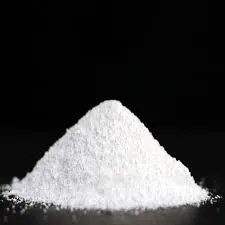

The RO process itself also demands careful chemical consideration. While primarily a physical process, the presence of trace oxidants in feed water can damage sensitive membranes. To this end, dechlorination chemicals such as sodium bisulfite are employed to neutralize residual chlorine, ensuring that the flow through the membrane remains untainted by reactive species. Post-treatment stages in an RO plant also rely on chemical inputs to ensure the final product meets health and safety standards. For instance, remineralization processes introduce essential minerals into RO water, which would otherwise be stripped of vital nutrients. Calcium carbonate and magnesium additives are used to restore a balanced mineral profile, enhancing taste and preventing potential health risks associated with mineral deficiencies. Chemical preservation methods are equally important for maintaining membrane function during plant shutdowns or storage periods. Biocides, such as isothiazolinones, act to inhibit bacterial growth during inactivity, safeguarding membrane surfaces from biofilm formation and ensuring plant readiness upon reactivation. In conclusion, the meticulous application of chemicals in an RO plant is a testament to the intricate interplay of engineering and chemistry, demanding seasoned expertise and authoritative knowledge. The trust innate in such a system resides in the precision with which plant operators apply these chemicals, guided by both real-world experience and cutting-edge research. Through this blend of art and science, RO plants continue to provide a reliable source of clean, safe water to communities worldwide, a quintessential example of human innovation at its finest.
Next:

